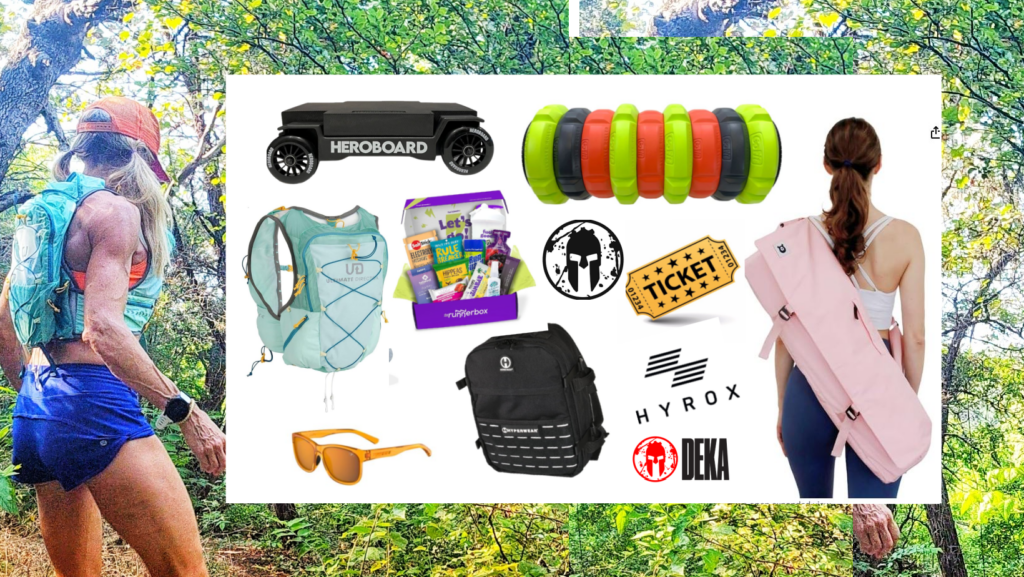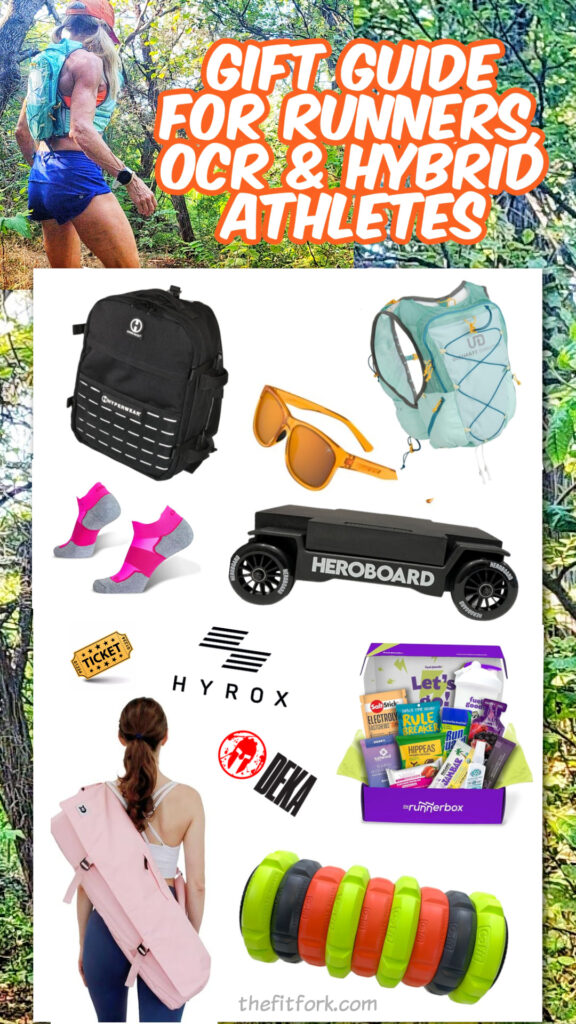
This post is sponsored by National Watermelon Promotion Board / Watermelon.org
When it comes to fueling for workouts, the options can seem overwhelming. Rows of sports drinks, energy gels, and recovery powders line store shelves, each with a long list of ingredients you can barely pronounce. But what if fueling your body didn’t have to be so complicated? What if you could keep it simple and sweet with a single ingredient? Say hello to watermelon!
1. No Weird Ingredients—Just One Simple Superfood
Many sports nutrition products contain a blend of sugars, electrolytes, and amino acids designed to help athletes perform their best. But why reach for something processed when nature has already provided a perfect alternative? Watermelon is a clean, unprocessed fuel source packed with naturally occurring carbohydrates for energy, electrolytes for hydration, and even potassium (6%) for muscle support. No artificial flavors, no preservatives—just one delicious, wholesome ingredient – WATERMELON!

2. Hydration You Can Eat (or Drink!)
Hydration is key for any workout, and while sports drinks claim to keep you going, many come loaded with artificial additives. Watermelon, on the other hand, is over 92% water, making it a naturally hydrating choice that also provides essential nutrients. For watermelon hydration, you can munch on fresh slices (plain or sprinkled with these amazing, simple seasonings), blend it into a refreshing juice, or freeze it into hydrating ice pops for post-workout cool-downs. No matter how you enjoy it, watermelon keeps you hydrated while satisfying your taste buds.

3. Nutrient-Packed for Performance, Recovery & Wellness
Beyond hydration, watermelon is a nutritional powerhouse for active lifestyles. It provides:
- Vitamin C – Supports immune function and tissue repair
- Potassium – Helps with muscle function and electrolyte balance
- L-citrulline – A natural amino acid that may reduce muscle soreness and enhance endurance
- Antioxidants – Such as lycopene, which combats oxidative stress from intense exercise
4. Affordable & Accessible for Any Training Diet
One of the best things about watermelon? It won’t break the bank. Compared to pricey sports nutrition products, watermelon is affordable and accessible to most everyone. In fact, it’s the most affordable fruits in the produce aisle, ounce for ounce. I love this budget-friendly way to fuel my body with clean, whole-food nutrition. Plus, it’s widely available most of the year-round (plus, you can freeze watermelon juice and/or watermelon chunks in off season), so you can always count on it for pre- or post-workout fuel.

5. Eat It, Drink It—Even Lift It!
Not only can you eat and drink watermelon, but you can also use it as a fun equipment for your workout! A whole watermelon makes a great stand-in for weights—try watermelon fitness doing exercises like squats, Russian twists, or overhead presses for a playful and effective workout (check out this Core Watermelon Workout with a watermelon). Whether you’re fueling up before exercise, recovering after a tough session, or getting creative with your training, watermelon has got you covered.
The Bottom Line: Keep It Simple & Sweet (K-I-S-S)
When choosing workout fuel, there’s no need to overcomplicate things. Watermelon provides natural energy, hydration, and key nutrients—all in one tasty, refreshing package. So, skip the artificial stuff and fuel your fitness journey the simple, sweet way. Hurray, watermelon fuel for workouts!




























